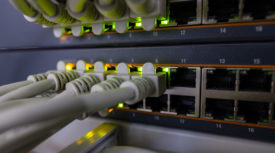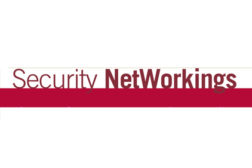Home » Keywords: » LAN
Items Tagged with 'LAN'
ARTICLES
IP Network Testing
Avoid the 7 Deadly Sins of IP Programming & Installation
August 16, 2011
Get our new eMagazine delivered to your inbox every month.
Stay in the know on the latest security marketplace trends.
SUBSCRIBE TODAY!Copyright ©2024. All Rights Reserved BNP Media.
Design, CMS, Hosting & Web Development :: ePublishing


